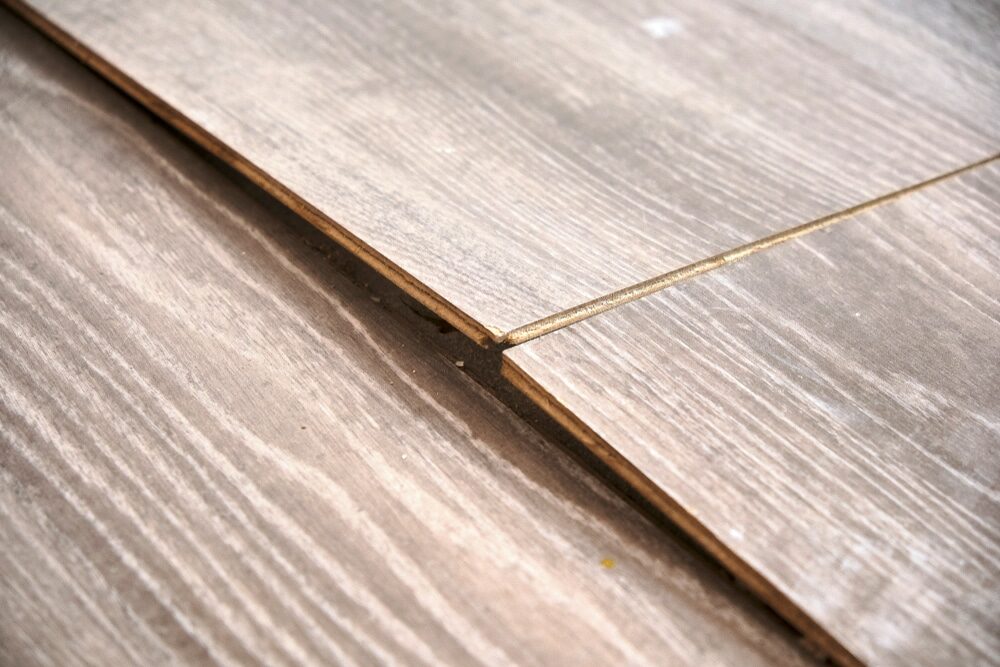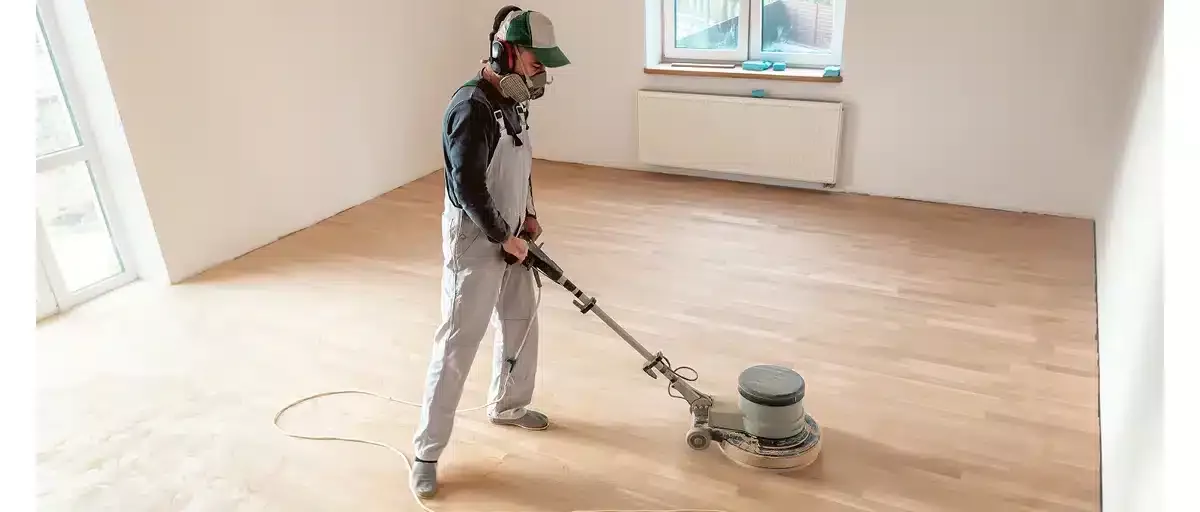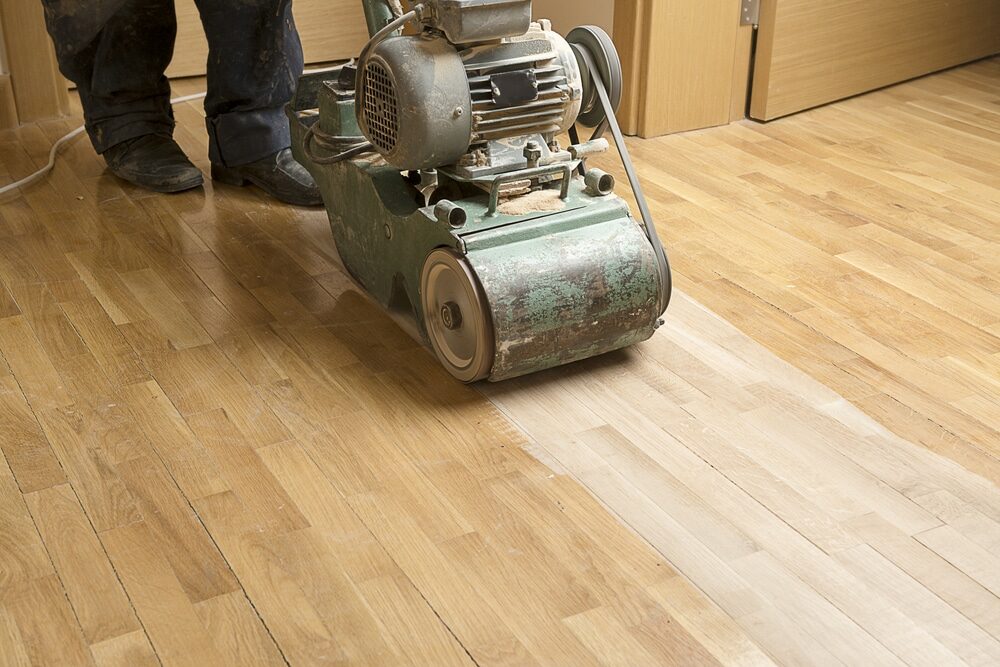London:
Nationwide:
How to Properly Clean and Maintain Your Belt Sander for Optimal Performance
Posted on September 10, 2023
Belt sanding
The Ultimate Guide to How to Properly Clean and Maintain Your Belt Sander for Optimal Performance
In the realm of woodworking, the belt sander stands as an indispensable tool, granting artisans the power to refine and sculpt their creations with an unrivalled blend of finesse and vigour. Much like any cherished possession, a belt sander demands a level of care and maintenance that is nothing short of a ritual. Within this piece, we shall embark on a detailed journey exploring the intricate aspects of keeping your belt sander in pristine condition, thus ensuring its optimum performance over the years.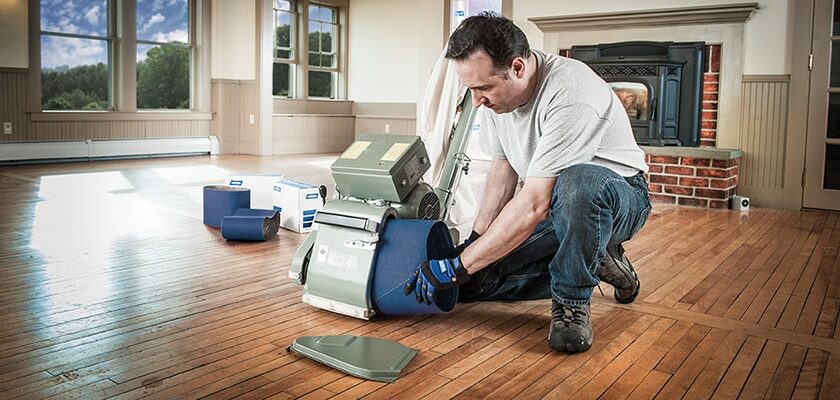
Understanding the Significance of a Well-Maintained Belt Sander
Before diving into the nitty-gritty of belt sander maintenance, it is vital to grasp the significance of this practice. A well-maintained belt sander facilitates a smoother operation and prolongs the tool’s lifespan, offering excellent value for money and saving precious time during woodworking projects.A Harmonious Relationship
The relationship between a craftsman and his tools is harmonious, where proper maintenance becomes an expression of respect towards the instrument that assists in breathing life into wooden masterpieces.Ensuring Safety
Maintaining your belt sander isn’t just about enhancing its performance; it’s also about ensuring safety. A well-oiled machine is less likely to malfunction, thus reducing the risk of accidents in the workshop. With the backdrop set, let’s venture forth into the details of cleaning and maintaining your belt sander, a ritual that promises to be as satisfying as seeing a piece of raw wood transform into an artefact of beauty and purpose.A Step-by-Step Guide to Cleaning Your Belt Sander
In this segment, we shall address the intricacies involved in cleaning a belt sander, a ritual that promises to keep the tool in an enviable state, ready to take on any woodworking challenge with grace and efficiency.Step 1: Unplugging the Sander
First and foremost, safety is paramount. Ensure that the belt sander is unplugged before you start the cleaning process. This step is non-negotiable and forms the foundation of safe maintenance practices.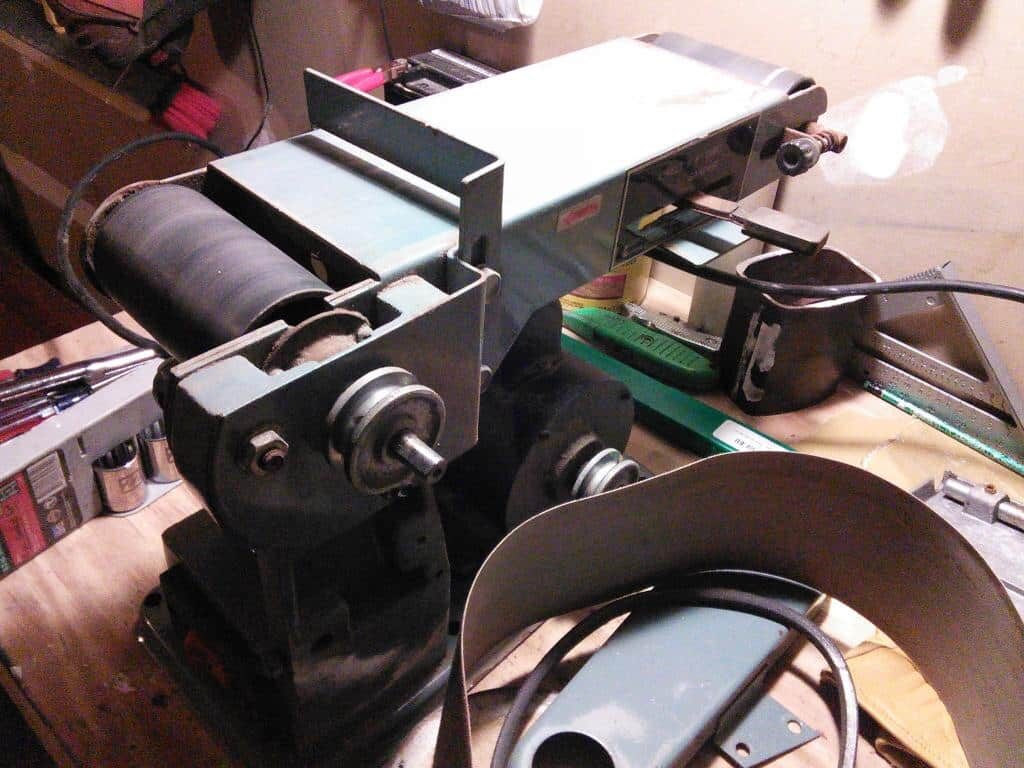
Step 2: Dismantling the Belt Sander
To access the various components that need cleaning, begin by carefully dismantling the belt sander. Remove the sanding belt and dust bag, setting them aside for separate cleaning.Step 3: Cleaning the Dust Bag
Starting with the dust bag, empty its contents into a bin. To ensure a thorough clean, invert the bag and tap it gently to dislodge any clinging particles. If the bag is washable, giving it a gentle wash will rid it of residual dust.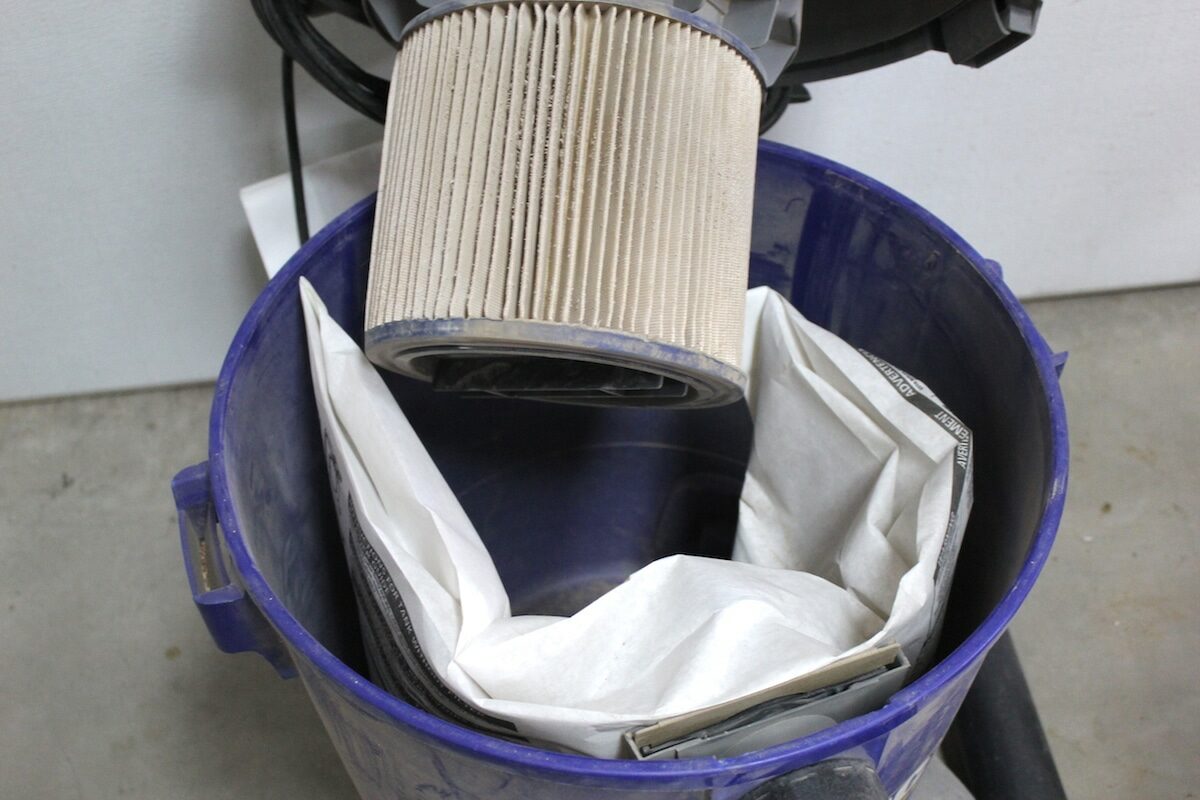
Step 4: Addressing the Sanding Belt
Next, turn your attention to the sanding belt. Employ a belt-cleaning stick to remove the accumulated residue. This process not only cleans the belt but also extends its life, offering more value from each belt.Step 5: Cleaning the Plate
The platen, a component that supports the sanding belt, is next in line. A clean platen ensures an even sanding result. Wipe it down with a cloth to remove dust, and check it for wear and tear. If you notice any significant damage, consider replacing the platen to maintain optimum performance.Step 6: Tending to the Rollers
Now, focus on the rollers. These should rotate freely without any hindrance. If you observe any irregularities or a buildup of sawdust, clean them thoroughly to ensure smooth operation.Step 7: Cleaning the Housing
The housing of the belt sander also demands attention. Use a brush or compressed air to clean the housing, ensuring that all the vents are free of dust and debris, which can otherwise impede the motor’s performance.Step 8: Inspecting the Power Cord
Lastly, don’t forget to inspect the power cord for any signs of damage. A damaged cord can be a safety hazard and should be replaced promptly. With the cleaning process completed, you are halfway through the maintenance ritual. Next, we move on to the preventive measures and regular upkeep required to ensure the belt sander operates at its peak performance.Part II: Maintaining Your Belt Sander for Optimal Performance
Having addressed the cleaning aspect, we now focus on the routine maintenance that will ensure the longevity and efficiency of your belt sander.Regular Lubrication
Much like any machinery, your belt sander also requires regular lubrication to function seamlessly. Refer to the user manual to identify the parts needing lubrication, and follow the suggested guidelines to prevent potential damage.Belt Alignment
Ensuring proper belt alignment is crucial to achieving desirable results. A misaligned belt not only results in uneven sanding but can also damage the workpiece. Make it a routine to check the belt alignment and make any necessary adjustments as required.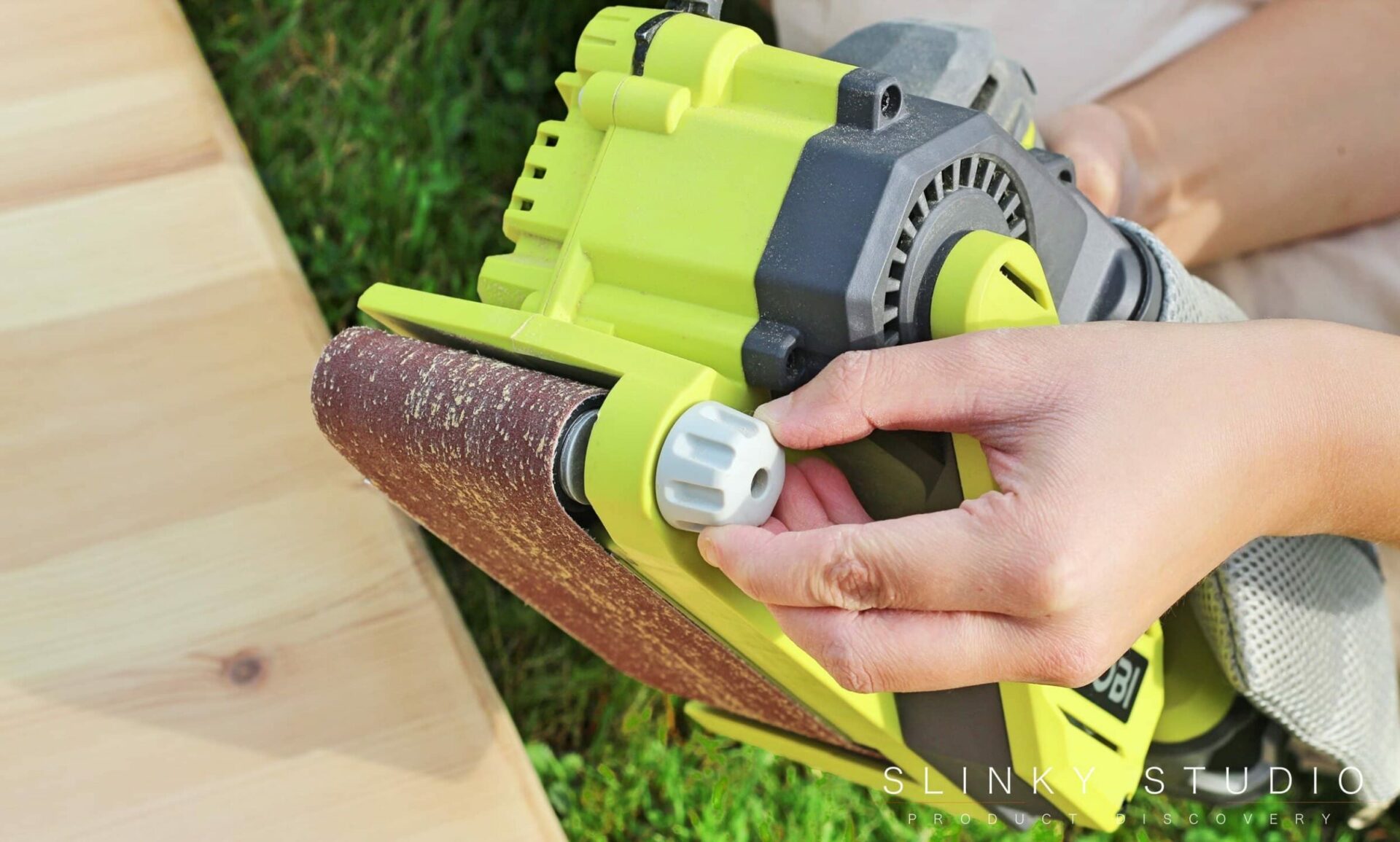
Replacing worn-out parts
Regular use will inevitably lead to wear and tear on various components. Be vigilant in inspecting parts such as the sanding belts, plates, and rollers for signs of wear and replacing them promptly to prevent any decline in performance.Sharpness of the Belt
A sharp belt promises a smooth and efficient sanding process. Over time, the grit on the belt may wear down, necessitating replacement. Always have a spare belt at hand to avoid any interruptions during your woodworking project.The Expert’s Tips: Enhancing the Longevity of Your Belt Sander
As we approach the culmination of our guide, let’s look at some expert tips that promise to enhance the longevity of your belt sander.Storing the belt sander properly
Proper storage plays a pivotal role in maintaining the condition of your belt sander. Store the tool in a dry, dust-free environment to prevent any potential damage and to retain its efficiency.Regular Servicing
Consider scheduling regular servicing for your belt sander to maintain its optimal performance. A professional can help identify and address any underlying issues that might escape an untrained eye.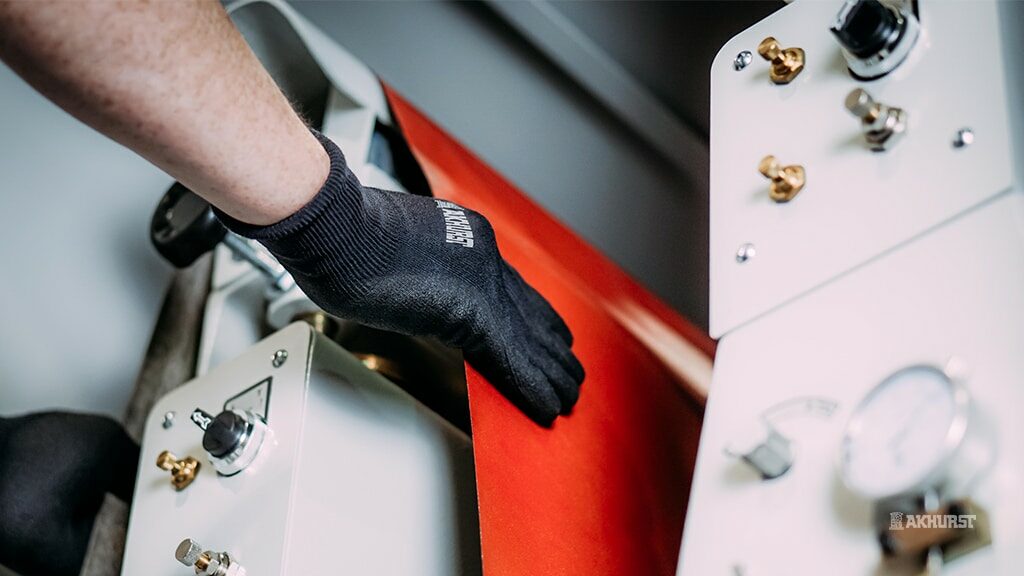
Using the Right Grit
Using the appropriate grit for the task at hand not only ensures a splendid outcome but also prevents undue strain on the belt sander, thereby enhancing its lifespan.Handling with Care
Lastly, handle your belt sander with the care and respect it deserves. Avoid dropping or mishandling the tool, as it can lead to damage and a decline in performance.Conclusion: Fostering a Relationship with Your Belt Sander
As we draw this detailed discourse to a close, it becomes apparent that the maintenance of a belt sander goes beyond mere cleaning. It is about fostering a relationship with a tool that aids in creating masterpieces, a relationship that is built on respect, care, and mutual understanding. Embarking on the ritual of cleaning and maintenance not only promises a tool that operates at its peak efficiency but also a workshop where creativity flourishes without hindrance. As you stand amidst the sawdust and the scent of freshly sanded wood, remember that a well-maintained belt sander is not just an asset but a loyal companion in your woodworking journey, ready to stand by you as you create wonders with wood, one project at a time. Thus, let us embrace the practice of maintaining our belt sanders with diligence and fervour, promising a journey of woodworking that is smooth, satisfying, and splendid in every way. Here’s to the joy of creation, facilitated by a tool that is well-loved and well-made.Some Useful Links:
- Stairs Sanding & Refinishing
- Floor Sanding Services
- School Floor Sanding
- Wood Floor Restorations
- Wood Floor Repairs
- Wood Floor Polishing
More from our Blog:
The Importance of Proper Sandpaper Grit Selection in Belt Sanding How to Choose the Right Abrasive Belts for Floor Sanding The Pros and Cons of Using a Belt Sander for Floor Sanding Understanding the Basics of Belt Sanding for Floor Refinishing Common Belt Sanding Mistakes and How to Avoid Them The Best Types of Belt Sanders for Floor Sanding Tips for Achieving Smooth Results with Belt Sanding The Benefits of Belt Sanding for Floor Refinishing
Sanding
We provide virtually dust-free sanding with our continuous belt machinery with mobile extraction units, giving you a safer environment for your family.
Oiling
This organic finish not only adds beauty to your home but also has exceptional water-repellent characteristics, making it easier to clean and maintain.
Waxing
This natural floor finish offers the softest and most mellow appearance – and leaves your floor able to breath.
Buffing
Using soft buffing machines (and hand-polishing where required) will bring a wonderful sheen to your newly-finished floor.
Repairs
We offer a full assessment of your wooden floors to determine what repairs are needed to provide the perfect working surface for the later stages of sanding, staining and sealing.
Restoration
We offer a comprehensive restoration process designed to address floors that are improperly fitted or damaged over time through wear and tear.
Request a fixed price quote for your wood floor restoration now
Simply enter your postcode below to get started.
Services
Wood Floor Sanding Wood Floor Restoration Wood Floor Scratch Repair Squeaky Wood Floor Repair Parquet Floor Sanding Parquet Floor Restoration Commercial Floor Sanding Church Floor Sanding Community Centre Floor Sanding School Floor Sanding Gap Filling Gap Filling with ResinCopyright © Mr Sander®
Privacy & Cookies Terms & Conditions Complaints Procedure Cancellation Rights Sitemap